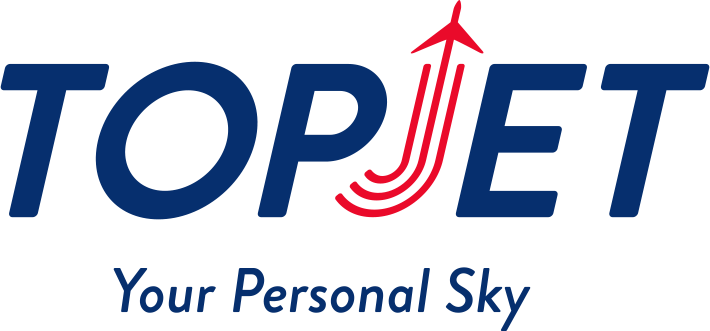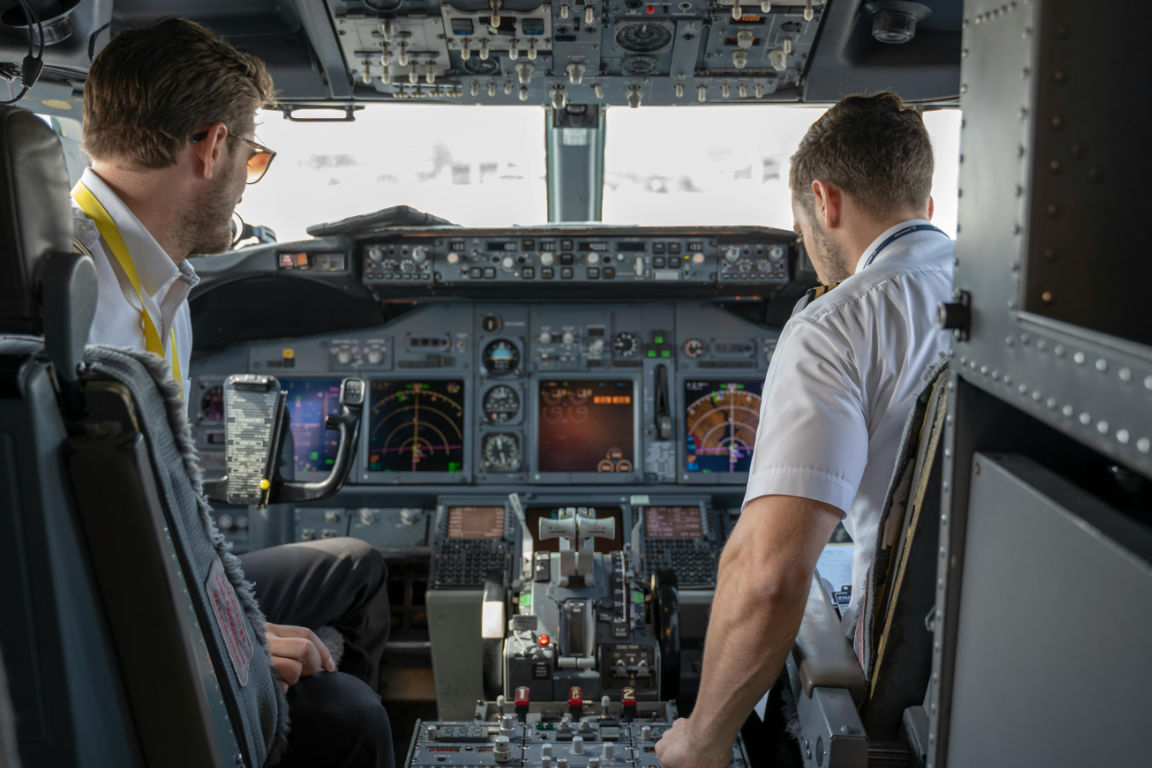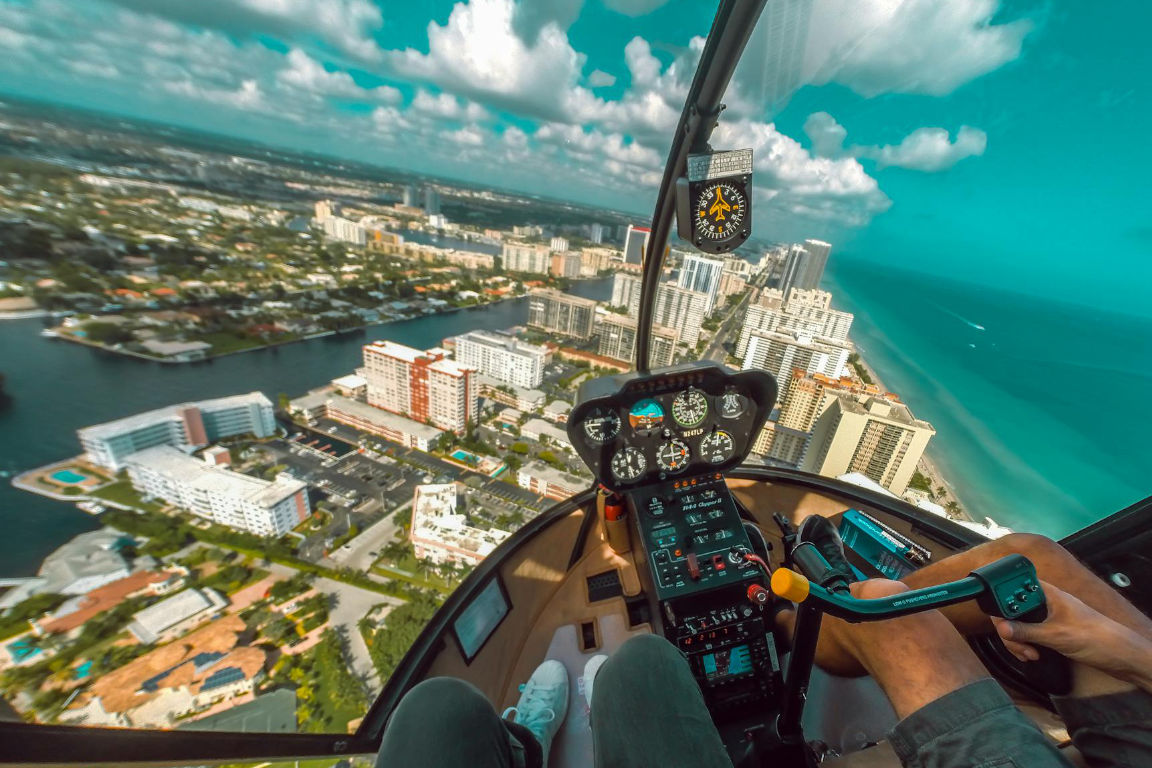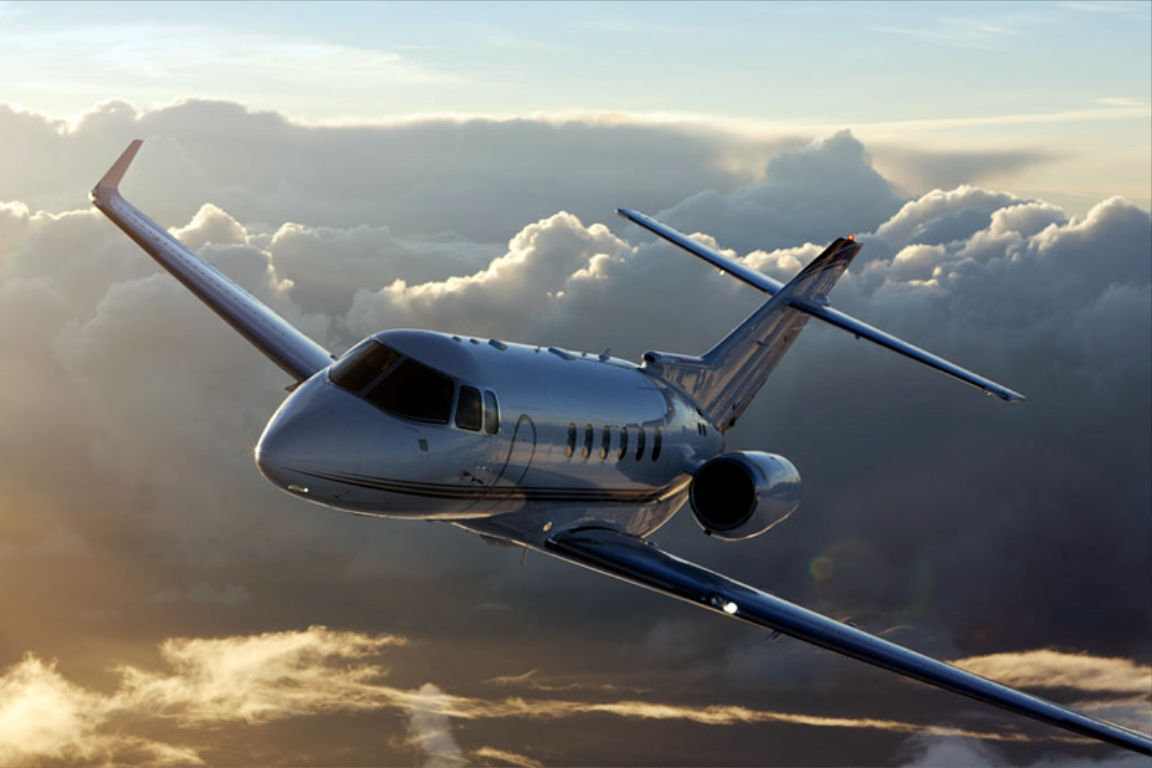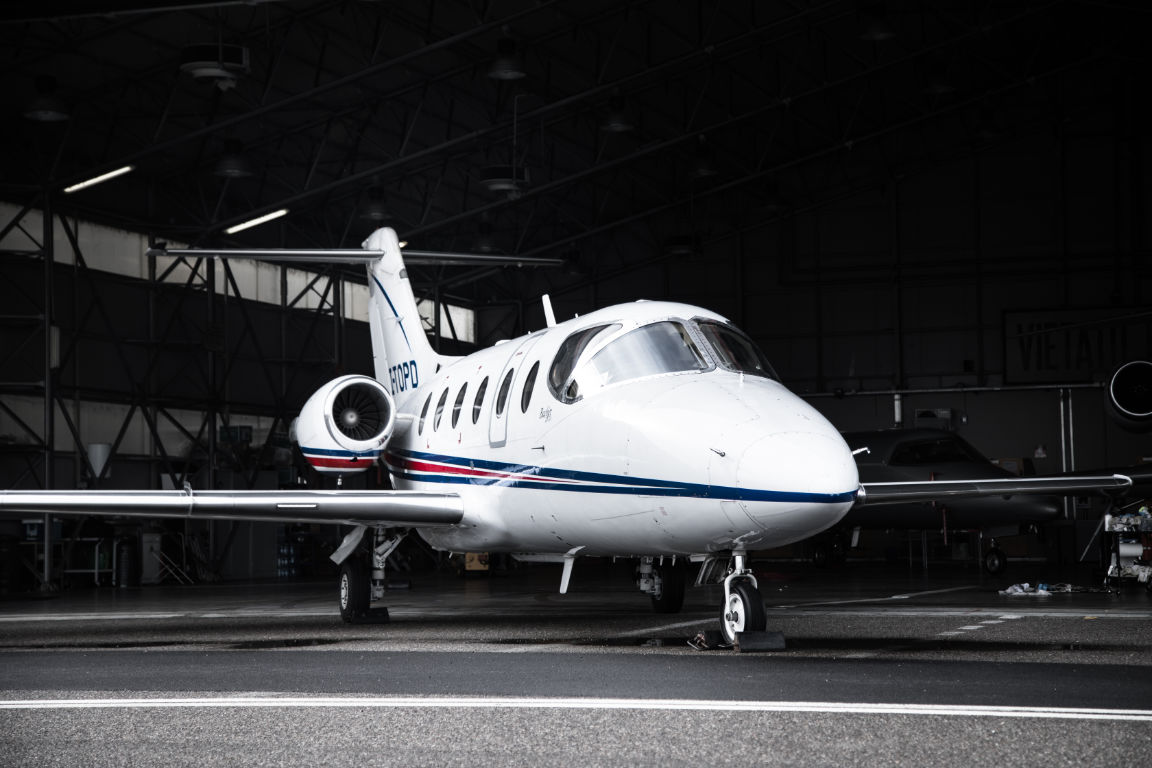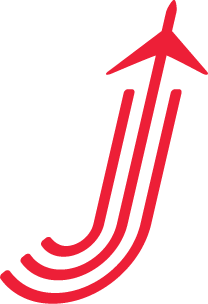As we settle into the cocooned comfort of our private jet, it’s easy to overlook the intricate dance happening in the cockpit during take-off. The process is a carefully choreographed sequence, a symphony of technology and skill that propels us from the runway into the boundless sky. Join TopJet as we delve into the phases of take-off, demystifying the journey from the pilot’s perspective.
1. Pre-Flight Checks: Setting the Stage for Departure:
Before the engines roar to life, the cockpit crew meticulously performs pre-flight checks to ensure that every element is in perfect harmony. These checks encompass a thorough examination of the aircraft’s systems, from avionics to hydraulics. Pilots approach this phase with a keen eye for detail, ensuring that safety is the top priority. Instruments are calibrated, controls are checked, and communication systems are verified – setting the stage for a smooth departure. TopJet selected operator partners are Argus and Wyvern certified, so you can rest assure professionalism and safety is a top priority.
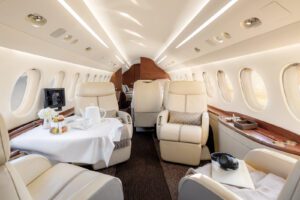
2. Taxiing: Navigating the Ground:
As the aircraft taxis towards the runway, it becomes part of a process on the ground, orchestrated by air traffic control. The pilot maneuvers the jet with precision, following a coordinated sequence to reach the designated runway. Taxiing is a crucial phase that requires a delicate touch on the controls. Pilots seamlessly navigate this ground phase, coordinating with ground control to ensure the aircraft is positioned for a flawless take-off.
3. Line-Up and Wait: The Moment of Anticipation:
With the runway in sight, the aircraft reaches the line-up point. Here, the pilot pauses, awaiting clearance from air traffic control to enter the runway. This moment is filled with anticipation – the calm before the storm of energy that is about to be unleashed. Pilots use this time to run final checks, ensuring that every system is ready for the acceleration that lies ahead. For TopJet passengers it’s time to sit back and relax, as they are in good hands and about to soar towards wonderful destinations.
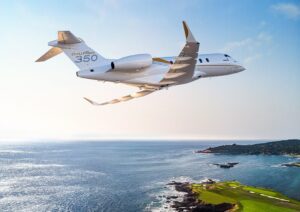
4. Take-Off Thrust: Powering into the Skies:
As the aircraft receives take-off clearance, the pilot advances the throttle, and the engines roar to life. This is the exhilarating moment when raw power meets aeronautical engineering. The acceleration is gradual but purposeful, and the aircraft begins its sprint down the runway.
5. Rotation: Lifting Off with Precision:
The rotation phase is a moment of finesse as the pilot gently pulls back on the control yoke, lifting the nose of the aircraft. This marks the transition from ground to sky, a moment when the laws of physics gracefully allow the aircraft to defy gravity. Pilots masterfully execute this phase, ensuring a smooth and precise rotation that sets the stage for the journey ahead.
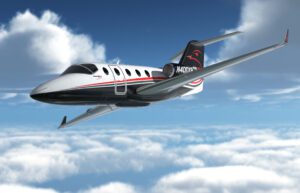
6. Initial Climb: Ascending to Cruise Altitude:
With the wheels leaving the runway, the aircraft enters the initial climb phase. The nose pitches upward as the jet gains altitude, leaving the hustle and bustle of the ground below. Pilots guide the aircraft through this phase with a keen understanding of aerodynamics, navigating the climb to reach the optimal cruising altitude efficiently and comfortably, embodying the precision and expertise synonymous with TopJet.
7. Clean-Up: Streamlining for Efficiency:
Once at a safe altitude, the clean-up phase begins. Landing gear retracts, flaps adjust, and the aircraft transitions from the take-off configuration to a streamlined, fuel-efficient state for cruising. This phase highlights the technological sophistication of modern aviation, as pilots optimize the aircraft’s performance for the journey ahead, exemplifying the meticulous care and commitment to excellence you can expect with TopJet.
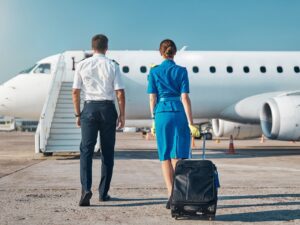
8. Enroute Climb: Reaching Cruise Altitude:
The enroute climb is the final ascent to the designated cruise altitude. It’s a phase where the aircraft steadily climbs, leaving behind the lower altitudes and turbulent air. Pilots coordinate with air traffic control to navigate through different airspace levels, ensuring a smooth transition to the cruising phase where passengers can relax and enjoy the journey.
In conclusion, the phases of take-off from the cockpit represent a harmonious blend of skill, technology, and precision. Pilots approach each take-off with a commitment to safety, efficiency, and a seamless passenger experience. As we ascend into the skies, remember that every turn of the yoke, every thrust of the engine, is a testament to the expertise and dedication of the cockpit crew, making your journey with TopJet an orchestrated symphony of flight.
